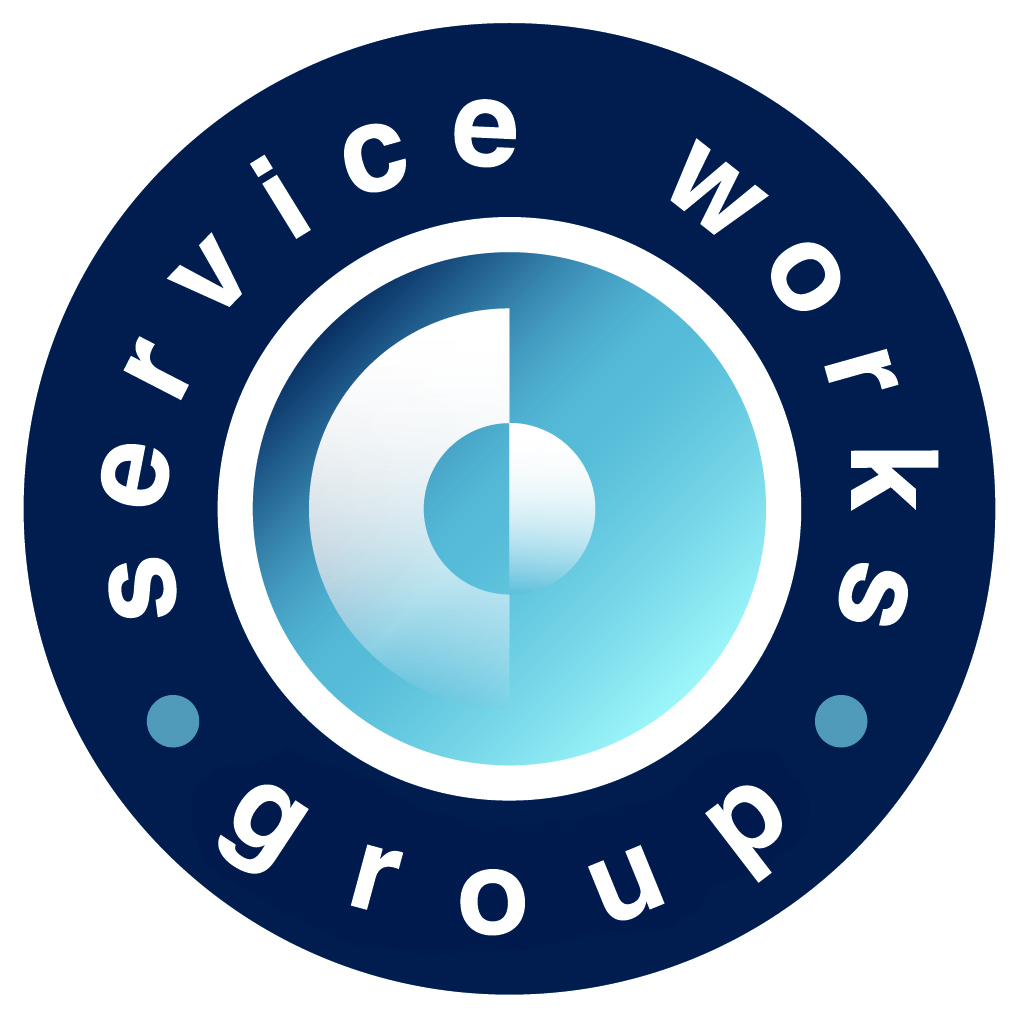From budget constraints to stringent compliance requirements, the challenges facilities managers face within the public sector are increasing yet can be eased with innovative technologies. In fact, technology can lead the way when it comes to improving efficiencies with new technology procurement saving the NHS millions in the first year alone. For FMs, harnessing the full potential of CAFM (computer aided facilities management) software, organisations can optimise processes, generate a tangible ROI and assist in transition procedures.
During a recent special interest group with our public sector clients, we ran a poll to ascertain the key challenges they were facing and identify the ways in which CAFM technology can help to solve them; here are some of those insights.
The Challenge of Compliance
Compliance and health and safety have long been areas of concern for FMs within the public sector, especially in hospitals and universities where safety of individuals is imperative. There are strict (and ever-growing) regulations and industry standards that organisations must comply with, including building codes, fire safety regulations, disability access requirements, and infection control protocols.
With SWG’s software, QFM, integrating fully with SFG20, the industry standard for building maintenance specifications, compliance is ensured easily and painlessly. This integration provides users access to over 1,200 industry standard maintenance regimes, covering more than 70 equipment types. QFM ensures best practice and streamlines building maintenance activities. SFG20 schedules include step-by-step tasks of what is required to maintain each asset, the frequency with which each task should be performed to avoid under- or over-maintaining, and what skills are required from the engineer (mechanical, gas safe, electrical etc).
Facilities managers play a significant role in mitigating risks and securing their workplaces for both employees and visitors. Adequate training, robust health and safety measures and adherence to regulations help lessen the risk of accidents in the workplace. With the QFM Permits To Work module, specific, accredited workers can be authorised to carry out jobs within a specified time frame. Multiple approval stages as well as relevant hazards or equipment types can be set up to ensure accuracy and security for users.
Furthermore, the QFM Mobile App can be set up so that operatives in the field must acknowledge and read any necessary documentation before they are able to commence work.
How Can CAFM Help Ease Budgetary Strain?
Despite budgetary pressure being felt across all areas of business at the moment, it is particularly apparent in the public sector. With strained services in the NHS through to infrastructure upgrades in universities, facilities managers must find ways to stretch budgets whilst providing optimum levels of services. CAFM software can assist in implementing cost-reducing strategies like planned preventative maintenance, sustainable energy usage, data-driven decision making and maximising operational efficiency through technology.
By implementing PPM schedules with FM technology, costly breakdowns can be prevented, and the lifecycle of assets and equipment can be extended. Taking a proactive approach to maintenance helps to minimise surprise costs and unplanned downtime resulting in long-term savings. With an excess of 400 inbuilt reports, QFM allows FMs to predict expenditure, workplace budgets and analyse the activity of an asset enabling smart financial decision making.
Maintaining Asset Infrastructure
Another challenge raised from our clients was having multiple systems to set up and use and the increased reliance on remote services since the pandemic. When using multiple FM systems, data maybe collected in separate databases that employees will have to learn how to handle, causing inefficiencies and inadequacies within operations. Not only this but implementing and maintaining multiple software systems can be costly, both in terms of initial setup and ongoing licensing fees. A centralised CAFM system can streamline processes in one single platform, removing these barriers and enhancing decision-making.
Having one main FM software within an organisation also increases the usability of remote services. As hybrid working and remote services expand and become more accepted a new concern is created for the public sector. Maintaining IT infrastructure turns into more of a challenge when it comes to remote working, from performance and connectivity to potential vulnerabilities in digital equipment. SWG offer our QFM software through hosted services providing a cost effective, highly resilient solution for clients to outsource the infrastructure behind their FM software.
Our hosted services offer a high level of system security, compliant with cyber security ISO 27001 standards giving you confidence in the hosted environment. These credentials prove vigorous checks have been undertaken by an independent awarding body to confirm strong information security processes are in place and are regularly audited. In addition to this, QFM offers administrators the opportunity to define access rights for different users. Especially beneficial for the public sector, this limits access and ensures potentially sensitive information is not accessible.
On the whole, facilities managers should be using FM technology to overcome the unique challenges the public sector face and influence their long-term strategies. Addressing these challenges with CAFM software can ease regulatory compliance, prioritise efficiency and enhance productivity. For more information about QFM, or to speak to Service Works Global about how QFM can help with challenges within your company, please contact us here.
Keep up to date on the latest industry and technology developments: sign up to receive SWG’s blog delivered straight to your inbox:







